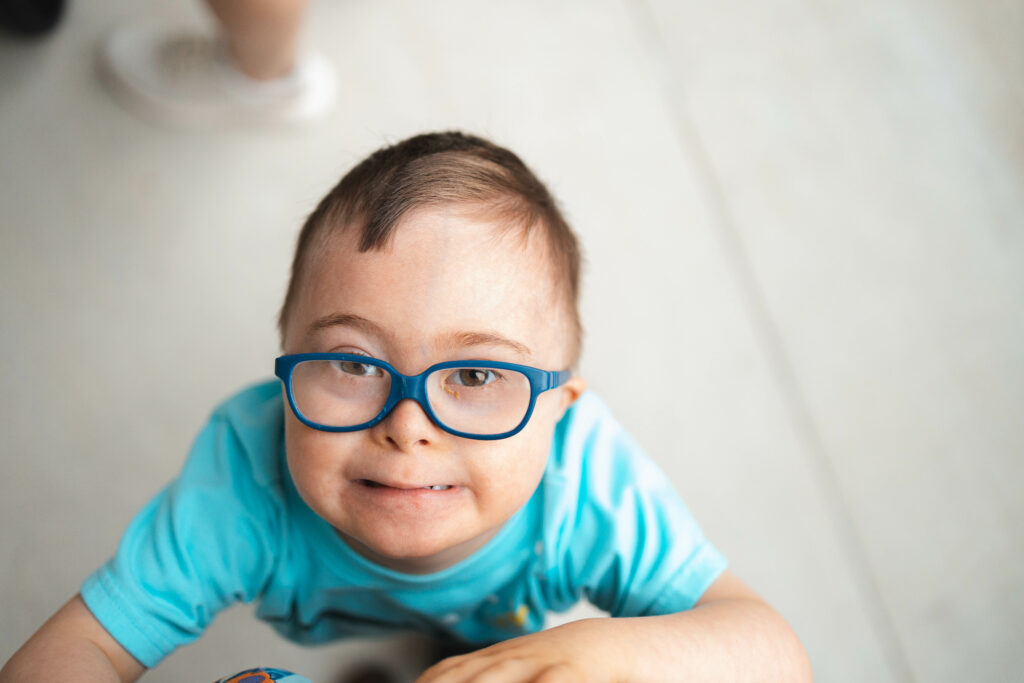
Most of us think of vision as just our eyes. However, the eyes are the camera lens, and the brain is where true vision occurs by interpreting what the eyes see. Many areas of the brain are involved in visual function and visual processing. Vision is a complex neurological process.
Eye doctors use a standard measurement of “normal”, not “perfect”, vision that is measured at 20/20. This measurement is used to determine the amount of correction that is needed with eye glasses for a person to see at 20 feet. For example, a child who has 20/60 vision sees clearly at 20 feet what another person with “normal” vision sees at 60 feet. In many countries other than the US, this is measured in meters (6/6 meters = 20/20 feet). Vision difficulties cannot be seen just by looking at a child, but through observing their behavior. Screening and/or testing for vision delays to identify potential vision challenges.
Common behaviors that could indicate a vision impairment in a child:
- Tilts head to see
- Rubs, squints, blinks, and/or closes eyes
- Has difficulty with sustained vision
- Holds things very closely or far away to see them better
- Trips, falls, or runs into items frequently
- Hesitates with stairs or changes in environmental surfaces
- Has poor eye contact
- Seems inattentive and has difficulty sitting still at school
- Has difficulty using both eyes together (may complain of seeing double, seeing wavy lines, or may skip letters and words)
- Cannot read without using their finger to trace the lines and words for visual support
If you notice these behaviors in your child or a child you work with, take note of which behaviors you see and when they happen, then seek a vision exam.
Are you interested in learning more about vision interventions and supports?
Enroll in our FREE online course The Gift of Seeing: Introduction to Vision.
